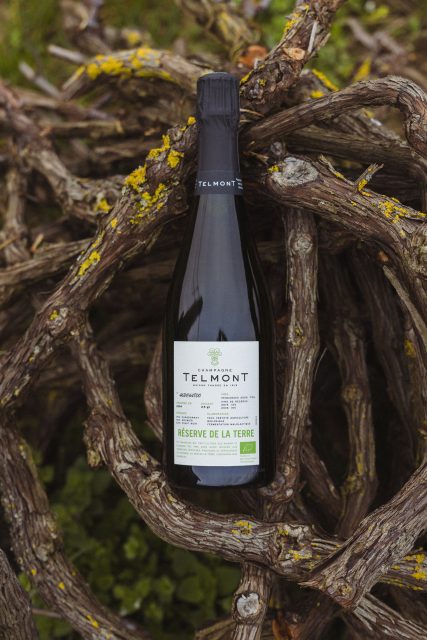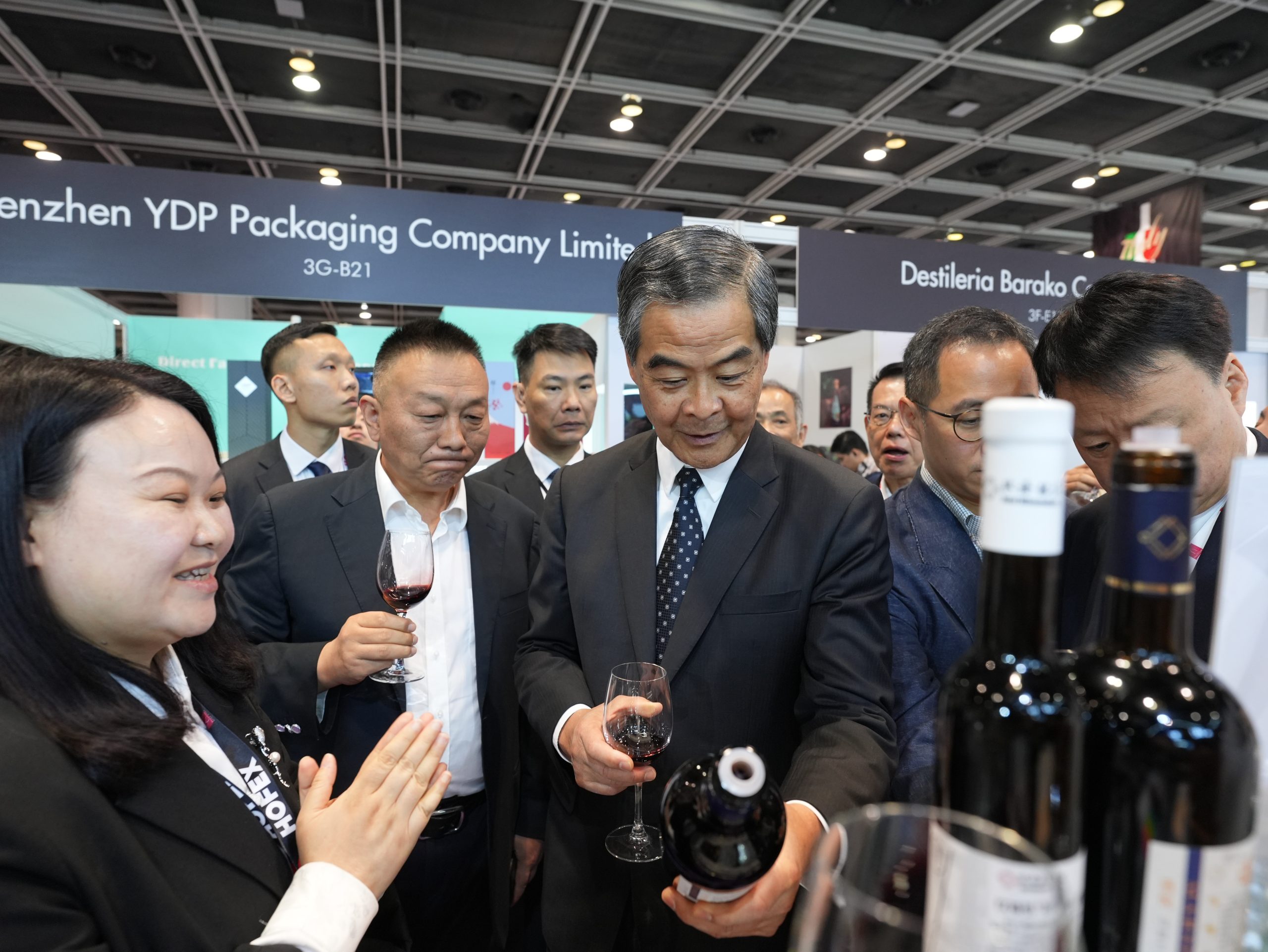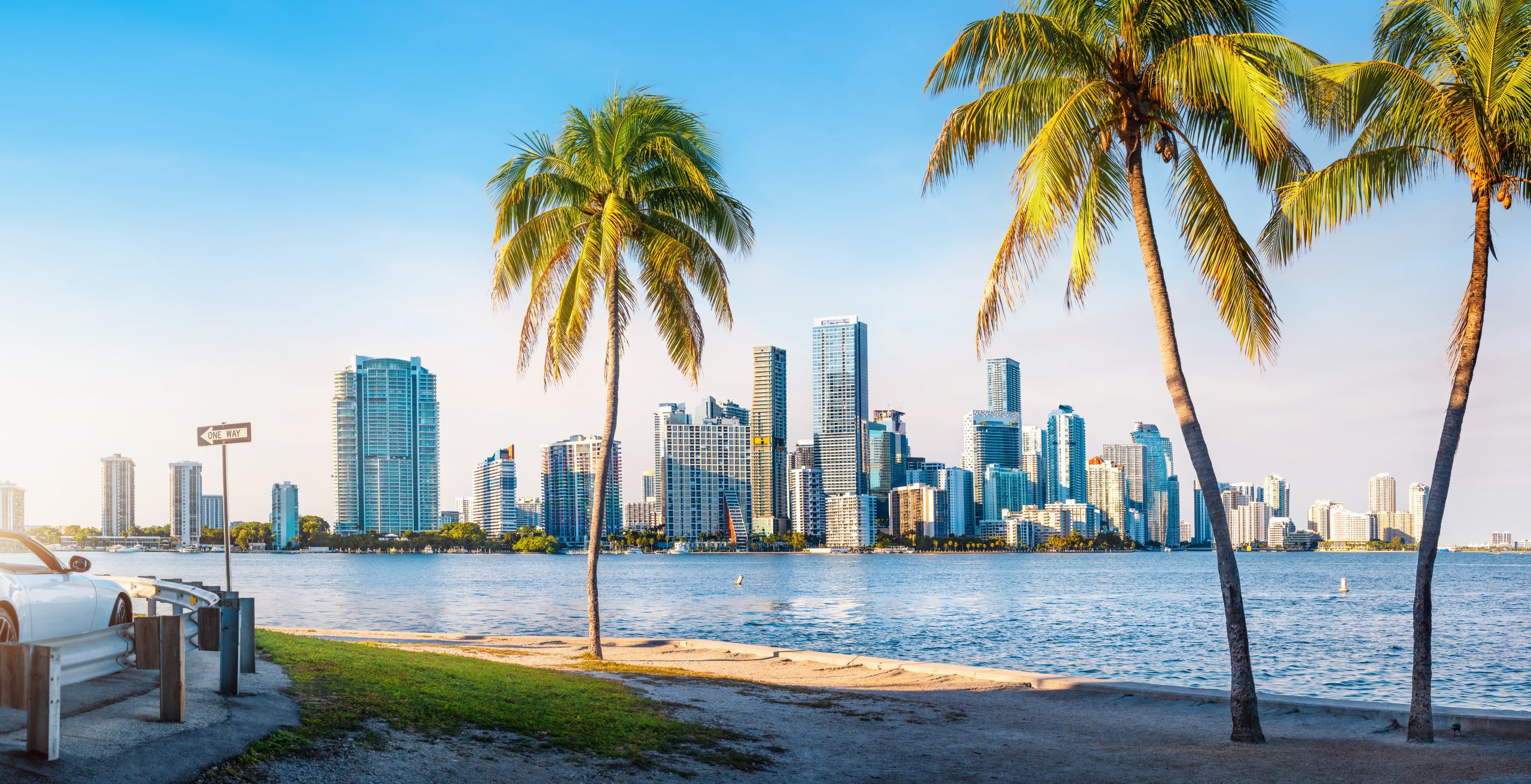Telmont delivers ‘message of hope’ with organic Champagne
Telmont has delivered a “message of hope” with the release of its organic Champagne called Réserve de la Terre, according to president of the maison, Ludovic du Plessis.

Speaking at the launch of the new cuvée on Monday this week in London, de Plessis said that the Champagne is “proof by example” of what’s possible in a region where certified organic viticulture only accounts for 5% of the planted area.
Not only is Telmont converting its 24.5ha estate to organics, but has also incentivised its growers – who supply Telmont with the majority of its grapes – to make the transition.
This has been achieved by giving them help and advice, as well as paying them 20-25% more for their produce, which covers the increased costs of going organic.
Réserve de la Terre was served for the first time in London at a launch event on Monday at the Saatchi Gallery, which is currently showing an exhibition of works called of Extraction / Abstraction by Edward Burtynsky, an artist who has captured how humankind has shaped the landscape of the planet.
Telmont stopped using herbicides in 2000 and started converting its vineyards to organic practices in 2017, with the aim to be 100% certified organic by 2025 across its own estate, and entirely organic by 2031, when all its suppliers – which represent almost 60ha of vineyards – will be certified too.
Réserve de la Terre is a non-vintage cuvée made from three harvests: 2020 at 70%, 2019 at 15%, and 2018 at 15%, and blends three grape varieties: Meunier at 44%, Chardonnay at 34%, and Pinot Noir at 22%.
Partner Content
Just 64,800 bottles of the organic cuvée have been produced, with the Champagne made in a very dry style, with a dosage of 2.5 grams per litre.
Commenting on the launch, Telmont cellar master Bertrand Lhôpital said: “This organic cuvée is one of my greatest victories. It’s the fruit of my long-standing commitment to organic viticulture and respect for the terroir and the vines. A manifesto-cuvée, radiant, luminous, and full of life.”
Du Plessis also said at the launch that Telmont had stopped using gift boxes in 2021, saving 8% on the producer’s carbon footprint as a result, and has since moved to the lightest possible glass bottle for Champagne at 800g, while employing green glass, which contains 87% recycled glass – as opposed to 0% for transparent bottles.
When asked by Richard Bampfield MW at the event about the foil capsules on bottles of Telmont – and whether Telmont could stop using them – Du Plessis said that it was part of the rules in Champagne to cover the top of the bottle, and that if he didn’t apply this piece of extraneous packaging, he would no long be able to call his sparkling wine, ‘Champagne’.
Read more
How A-list backers are driving Champagne Telmont’s green goals
Foil to be scrapped on English sparkling wine?
Related news
The best brut non-vintage Champagnes of 2025
The 'family spirit' behind Champagne Gardet's 130th anniversary




